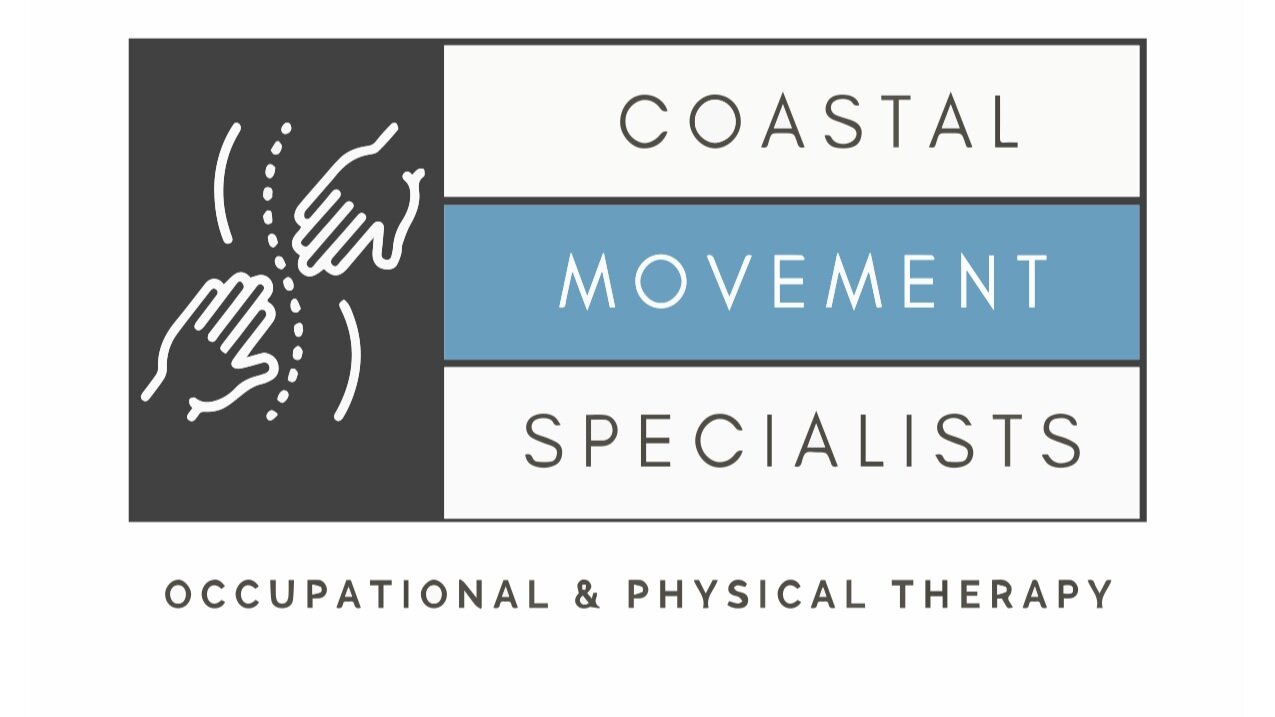Four Most Common Sports Injuries
Elite professional athletes, high school and college competitors, and weekend warriors are more susceptible to various injuries. Coastal Movement Specialists care for all the common sports injuries with various treatments to enable athletes at all levels to recover and return to playing as quickly as possible. Learn more below about the most common sports injuries and contact us to schedule an appointment in our Johns Island, SC office.
ACL Injury
Four major ligaments give your knee strength and stability. The anterior cruciate ligament (ACL) is at the center of your knee and connects your thigh bone to your lower leg or shin bone. The ACL functions primarily to stop your forward movement and rotate your shin bone on your femur or thigh bone.Participating in sports that require stopping suddenly and changing directions increases your risk of injuring this ligament.
There are different degrees of ACL injuries, ranging from mild stretch injury to severe ACL tears, which involve tearing the ligaments on the inside of the knee. ACL tears are common sports injuries in the United States, with more than 100,000 occurrences each year. An ACL tear requires immediate attention and can be severe. Depending on the severity of an ACL injury, treatment can range from rest and physical therapy to surgery and rehabilitation.
It is critical that you let the tear heal completely before returning to your activities in order to successfully recover and prevent further harm or reinjury.
Ankle Sprain
An acute ankle sprain is the most common lower leg injury in sports. It frequently occurs in many sports but particularly, soccer, football, and basketball. Ankle sprains happen when you stretch or tear the ligaments on the outside of your ankle. Rolling inward or outward can cause this injury. However, an inward movement is the most common and causes pain on the outer part of the ankle. If you have pain in the inner ankle, it can be more severe due to the possible injury of tendons that support yourarch.
You may need an x-ray to differentiate an ankle sprain from a broken bone. Both sprains and broken bones can cause bruising, swelling, and difficulty in walking. Physical therapy can expedite healing and minimize stiffness and loss of ankle mobility. Reinjury of a sprained ankle is common, especially within the first year after a sprain. Physical therapy can help prevent this with specific balance and strengthening exercises, and by offering recommendations on how to brace the ankle.
Meniscus Tear
A torn meniscus is a common knee injury, especially for those playing contact sports that require twisting movements of the knee. Meniscal tears often happen along with other knee injuries, such as an ACL tear. Your knees have two menisci in each knee, the medial meniscus and the lateral meniscus. These rubbery pieces of cartilage lie between the bones of your knees, and their functions include:
· Supplying cushioning between the knee bones
· Reducing and absorbing shock when the leg experiences impact
· Providing stability to the knee when standing or moving
· Enabling smooth movement between the bony surfaces of the knee
A meniscus tear can cause sharp pain and a popping noise or sensation when it occurs. Whether your meniscus tear is minor or severe, physical therapy can help you return to your sport quicker and safer. We can help you build back the strength of your knee and prevent a recurrence of the injury. If you need a surgical meniscus repair, recovery time will be prolonged and may require more extensive physical therapy.
Golfer’s or Tennis Elbow
Several sports such as golf and tennis require a gripping action and the use of the forearm muscles. This can lead to inflammation and damage of the elbow known as golf and tennis elbow. Both injuries involve tendinitis of the elbow caused by overuse. Tennis elbow is caused by inflammation of the muscles and tendons that extend from your elbow to your wrist and fingers. Golfer’s elbow involves the forearm muscles and tendons that attach to the inner bump of your elbow, also known as the funny bone area.
These injuries are not specific to golf and tennis. They often occur with people in other professions such as plumbers, carpenters, and painters. Golfer’s elbow is particularly common with other sports such as baseball, football, archery, tennis, and other racket sports. The symptoms of these injuries can include pain, numbness, weakness, and elbow stiffness. Early treatment of these elbow injuries is key to successfully eliminating the symptoms and allowing you to return to your daily routine and sports activities.
Work With Our Physical Therapists
Our experienced physical therapists are movement specialists that can help you recover quickly and completely from your sports injury. Located on Johns Island, SC, Coastal Movement Specialists serves the entire Charleston area. Contact us today for a sports injury evaluation and individualized treatment plan.

